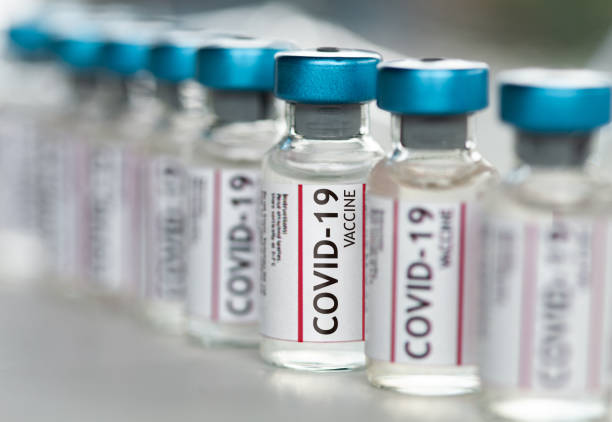Covid 19 has hugely impacted our lives over the past year. You may have spent time sheltering in place, you may have made the transition to working from home, and you may have experienced the considerable challenges of supervising distance learning for your kids.
The pandemic is far from over, but the good news is that a vaccine is now within reach. The Department of Health and Human Service’s Operation Warp Speed is currently on track to deliver around 300 million doses of Covid vaccines over the next year.
So what vaccines are likely to be offered to you and your family and how will they work?
The vaccines
There are around a dozen different vaccine candidates currently in trials around the world, with three vaccines likely to be approved for use in the United States.
The vaccine closest to approval for Covid 19 in the US is the Pfizer vaccine. This week the Pfizer vaccine was rolled out in Britain, making it the first vaccine to be offered to citizens in a Western nation.
The Pfizer vaccine has been shown in studies to be around 95% effective in preventing Covid. The FDA has confirmed the safety of the vaccine, and met last week to formally approve it for use in the US. The first batch of the vaccine will begin to be distributed here this week.
The Pfizer vaccine requires two separate injections to be administered 21 days apart. Early studies have shown that recipients gain some protection from the virus around ten days after the first dose is given, with fuller immunity kicking in after the second dose. The vaccine is not recommended for people with a history of severe allergic reactions, after two British health workers – both with histories of anaphylaxis – developed symptoms after their vaccinations.
The challenge posed by the Pfizer vaccine is its storage requirements. The vaccine needs to be kept in specialised ultra-cold freezers at a temperature of minus 94 degrees Fahrenheit. As many hospitals and pharmacies don’t have access to these freezers, the rollout of this vaccine will be tricky, particularly for those in rural areas.
The second promising vaccine is the Moderna vaccine, which is currently seeking approval from the FDA. The Moderna vaccine also requires two injections, and studies have shown it to be about as effective as the Pfizer vaccine. Unlike the Pfizer vaccine, the Moderna vaccine can be kept in a regular freezer, which will make it easier to store and distribute.
The third vaccine likely to be distributed in the US is the Oxford University/Astrazeneca vaccine. The Astrazeneca vaccine has an effectiveness of around 90%, making it slightly less effective than the other two vaccines. It is, however, the cheapest of the three frontrunners, and has the advantage of being able to be stored at regular fridge temperatures.
How will the vaccines be rolled out?
Because of the huge size of the US, and the logistical challenges of rolling out a covid vaccine, it will take months or longer to vaccinate the entire population. This creates the question of who will gain access to the vaccine first. The CDC has issued guidelines for the first round of doses, recommending that frontline healthcare workers, emergency workers, and residents and employees of nursing homes should receive priority.
Being vaccinated against Covid will offer strong protection against getting sick, but scientists aren’t sure if it will completely stop the transmission of the virus. Even after you’ve been vaccinated, it may still be possible for you to spread the virus to others who haven’t. For this reason, it’s important to continue to take precautions until there is widespread immunity in the community.
Until then, the World Health Organisation recommends that you keep physically distancing from others, that you wear a mask when you can’t physically distance, that you keep rooms well ventilated, that you avoid crowds, that you cough into your elbows, and that you regularly wash your hands with soap.
Until the vaccine has been widely distributed and infection rates have dropped, even vaccinated people should continue to follow these guidelines.
In the meantime
As you wait for the pandemic to get under control, your primary care provider is the best source of information about Covid 19 and the forthcoming vaccines. Primary care providers are available for consultations and telehealth appointments and can help you make decisions about managing the pandemic. You can talk to your primary care provider about rapid Covid testing, how and when to quarantine, and when to return to work. Your primary care provider will also advise you on when vaccines are likely to become available in your area.
In the meantime, it’s important to focus on keeping yourself and your loved ones as healthy as possible. Remember to prioritise your well-being by eating well, exercising regularly, managing your stress levels, and getting enough sleep.
There is still a way to go before life returns to normal, but with these promising developments in Covid 19 vaccines, it does finally feel like the end is in sight.
